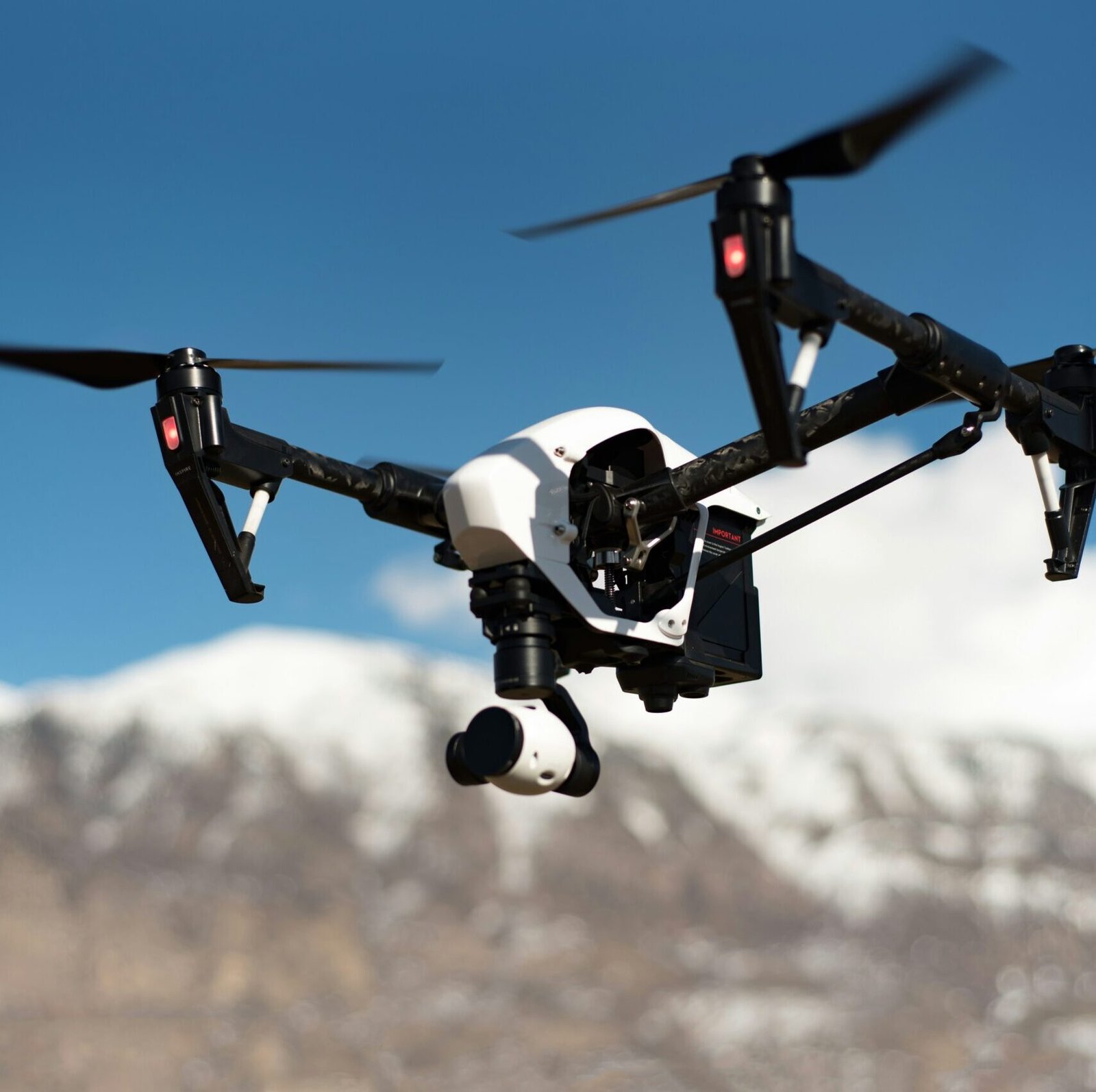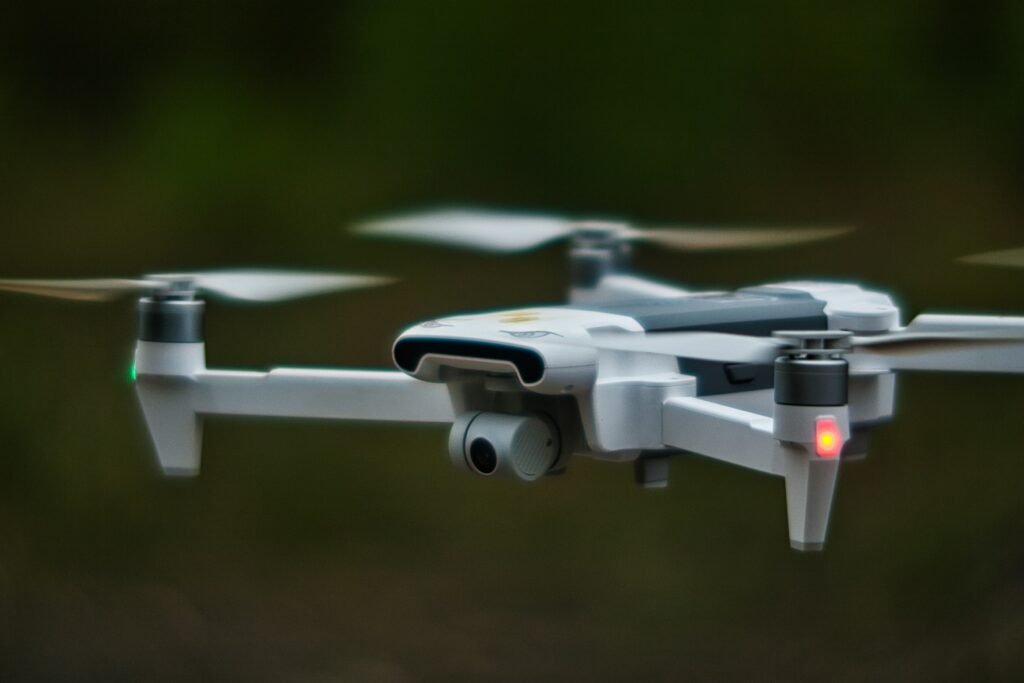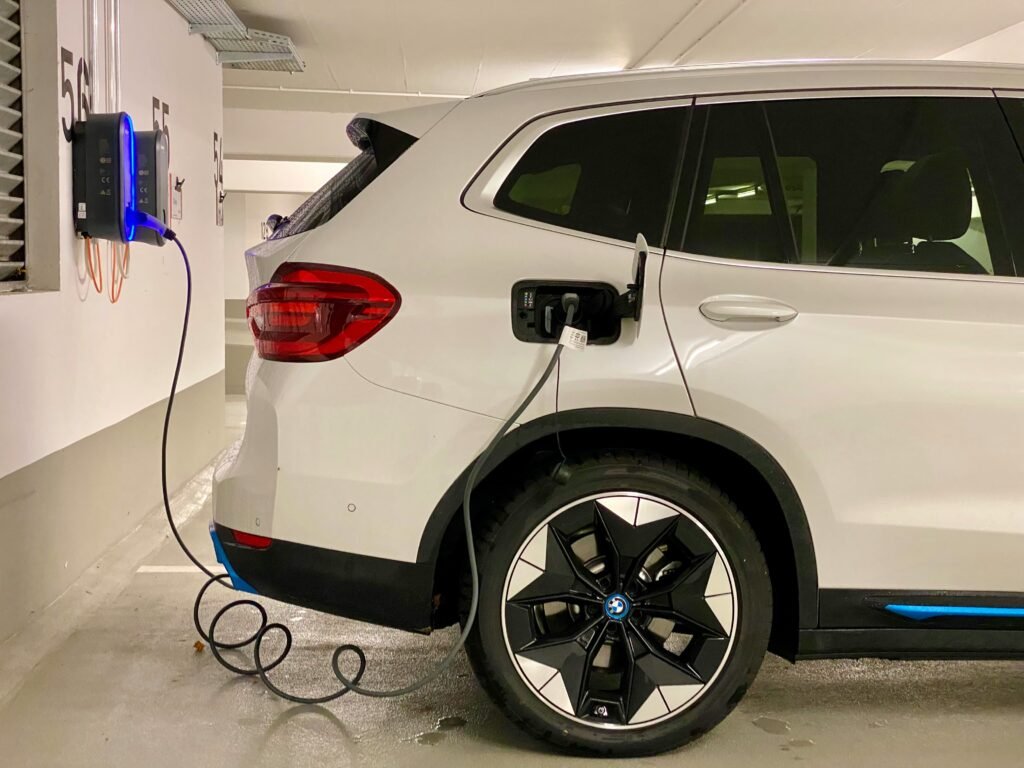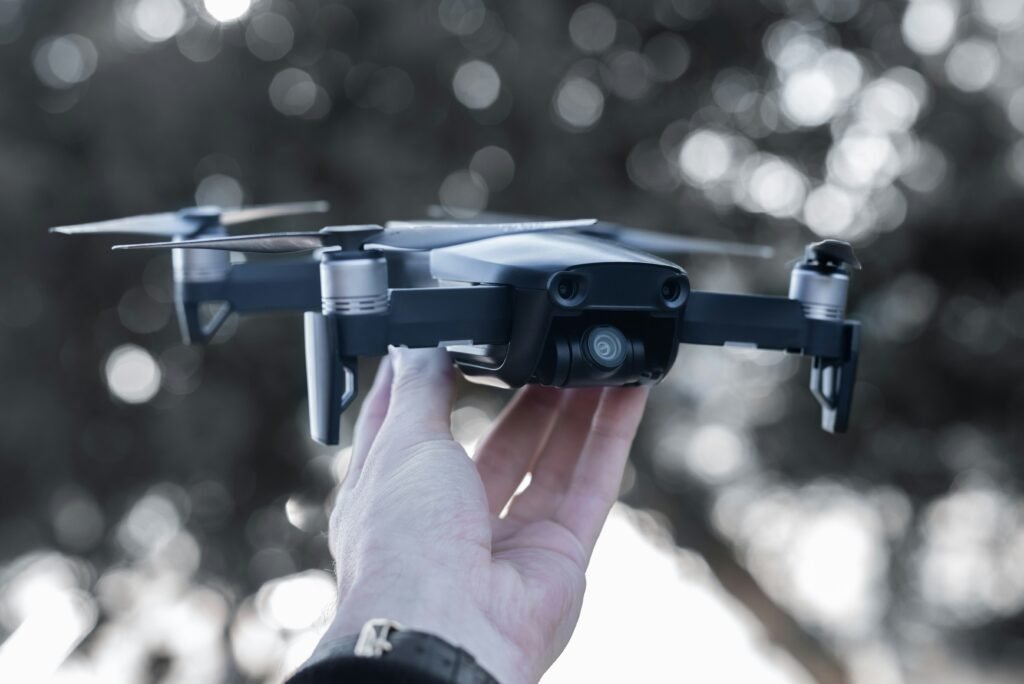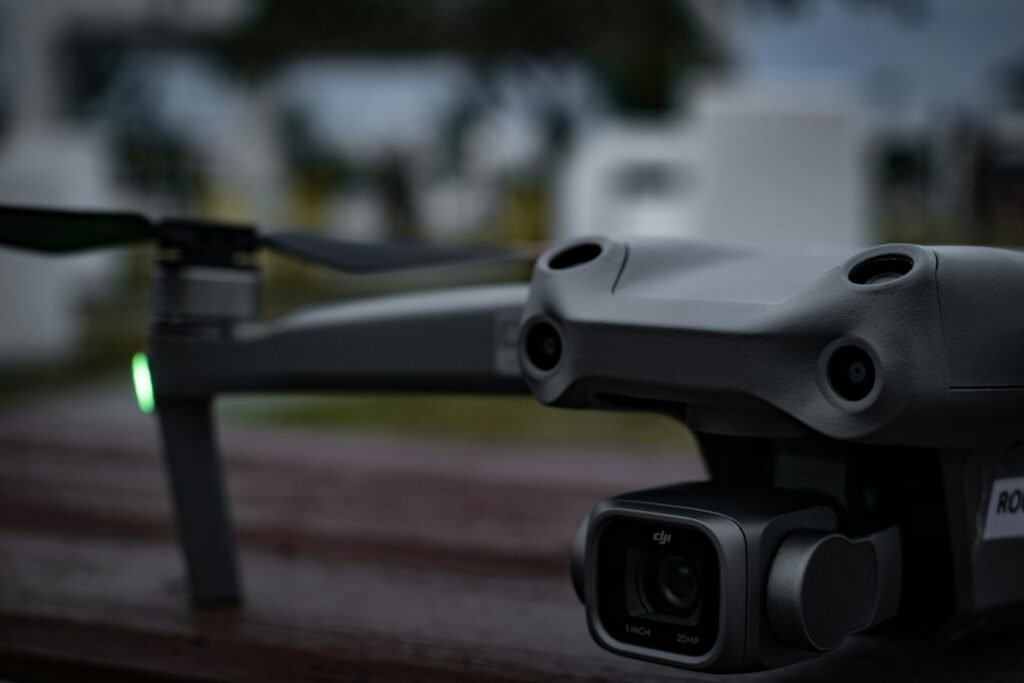
Introduction to Smart Laptops
Smart laptops, a significant advancement in personal computing, have evolved dramatically over the years, particularly as we approach 2025. Unlike traditional laptops that primarily focus on processing power and portability, smart laptops integrate cutting-edge technology and advanced functionalities that enhance user experience and productivity. These devices are designed to meet the increasing demands of modern users who rely on their laptops for a wide range of tasks, from casual web browsing to complex computational operations.
The evolution of laptop technology leading up to 2025 reflects a clear trend towards smarter, more intuitive devices. Manufacturers have increasingly incorporated features such as artificial intelligence (AI) integration, voice recognition, and advanced graphics capabilities. These innovations facilitate seamless interactions, allowing users to perform tasks with voice commands, optimize performance in response to usage patterns, and manage multitasking more efficiently. Moreover, smart laptops are often equipped with superior connectivity options, supporting 5G and the latest Wi-Fi standards, thereby ensuring that users are always connected, regardless of their location.
Another notable aspect of smart laptops is their emphasis on security and privacy. As cyber threats continue to evolve, these devices are equipped with advanced security measures such as biometric authentication, encrypted storage, and built-in antivirus solutions. This focus on security makes them an attractive option for professionals and students alike who handle sensitive information.
In summary, smart laptops represent the convergence of technology and user-centered design, delivering enhanced performance, usability, and security. As we explore specific models and their innovative capabilities in the following sections, it is essential to recognize how these advancements contribute to a richer computing experience in our daily lives.
Key Features of Smart Laptops
Smart laptops have significantly evolved in recent years, incorporating advanced technologies that enhance functionality and user experience. One of the defining characteristics of smart laptops is their integration of artificial intelligence (AI). This technology enhances performance by learning user habits and preferences, allowing the laptop to optimize resource allocation, manage power efficiently, and even assist in automating routine tasks. This tailored experience not only improves overall productivity but also individualizes the interaction with the device.
Another crucial feature of smart laptops is cloud connectivity, which facilitates seamless integration with various online services. With robust cloud-based solutions, users can easily store, access, and share files across multiple devices, ensuring that important data is always just a click away. This capability not only enhances flexibility but also significantly increases collaboration opportunities for users who work remotely or in teams, making smart laptops ideal for both personal and professional use.
Battery life is another critical consideration in the realm of smart laptops. Manufacturers have focused heavily on developing energy-efficient components and technologies to prolong battery usage. Many of the latest models boast impressive battery lives that can exceed 15 hours on a single charge, allowing users to work or enjoy multimedia content without the constant need for recharging. This prolonged battery life is essential for those who travel frequently or have demanding schedules.
Lightweight designs further contribute to the appeal of smart laptops, combining sleek aesthetics with portability. Modern materials and engineering techniques have resulted in devices that are not only easy to carry but also durable enough to withstand daily use. Coupled with enhanced security measures, such as biometric authentication and advanced encryption protocols, these laptops ensure that users’ data remains secure while maintaining style and portability. Altogether, these features create a compelling case for adopting smart laptops as the preferred computing solution in today’s fast-paced digital landscape.
Top Smart Laptops of 2025
The landscape of smart laptops has significantly evolved in 2025, offering users a variety of models that combine advanced technology with user-friendly features. Among the frontrunners in this category are the Dell XPS 15, Apple MacBook Pro M3, and Microsoft Surface Laptop 5. Each of these laptops has distinctive attributes that cater to different user needs, performance expectations, and aesthetic preferences.
The Dell XPS 15 stands out for its powerful performance, driven by Intel’s latest Core i9 processor, delivering remarkable speed and efficiency for demanding tasks such as video editing and gaming. The laptop features a sleek, ultra-responsive 15.6-inch OLED display, ensuring that users enjoy vibrant visuals. Priced competitively for its specifications, the XPS 15 provides a premium user experience, making it an appealing choice for professionals and creative individuals.
Next, the Apple MacBook Pro M3 introduces innovative design elements alongside its new M3 silicon chip, which offers enhanced processing power and energy efficiency. The Retina display, known for dazzling colors and sharp images, complements the overall performance. The MacBook Pro remains a favored option for those who rely on Apple’s ecosystem, balanced with a higher price point that reflects its premium build quality and brand reputation.
Lastly, the Microsoft Surface Laptop 5 embraces portability without sacrificing performance. With its sleek form and well-crafted keyboard, it is an excellent choice for students and business professionals on the go. The Surface Laptop 5 features a 13.5-inch touchscreen display and utilizes Intel’s latest processors, ensuring seamless multitasking. Its affordability adds to its popularity, positioning it as an accessible smart laptop option for a wide range of users.
These models exemplify the best smart laptops of 2025, with distinctive features and specifications, catering to diverse needs while enhancing user experience.
How Smart Laptops Work: The Technology Behind Them
Smart laptops represent a merging of sophisticated hardware components and advanced software technologies that enhance user experience and productivity. At the core of these devices lies a powerful processor, most commonly an Intel or AMD chip, capable of handling multiple tasks simultaneously. These processors, equipped with multiple cores, enable smart laptops to run demanding applications seamlessly while maintaining energy efficiency.
Another essential hardware component is memory, specifically RAM. Modern smart laptops typically come with at least 8GB of RAM, which allows for efficient data retrieval and application performance. This is crucial for multitasking—users can switch between applications without experiencing slowdowns or interruptions. Additionally, many smart laptops employ solid-state drives (SSD), which offer faster data access compared to traditional hard drives. The combination of RAM and SSD significantly enhances the overall speed and responsiveness of these devices.
Graphics capability is another key aspect of smart laptops. Advanced graphics chips, either integrated or discrete, facilitate high-quality visual rendering for various applications, including gaming and design software. The integration of advanced graphics processing units (GPUs) has made it possible for laptops to handle visually demanding tasks, thus catering to both casual users and professionals alike.
On the software side, smart laptops typically run on advanced operating systems such as Windows or macOS, which support a wide range of applications. One of the most exciting features of smart laptops is their ability to incorporate artificial intelligence (AI) algorithms. These algorithms learn from user behavior to offer personalized experiences, such as adaptive performance enhancements or intelligent contextual suggestions.
The interactivity of smart laptops is further amplified through touchscreens or voice recognition systems, allowing users to engage with their devices in intuitive ways. With these combinations of innovative hardware and cutting-edge software, smart laptops have become indispensable tools for both personal and professional use.
The Role of AI in Smart Laptops
Artificial Intelligence (AI) is transforming the landscape of smart laptops, offering an unparalleled user experience characterized by enhanced personalization and predictive performance. AI algorithms are integrated into various software applications, allowing smart laptops to adapt and learn from the user’s behavior over time. This adaptability ensures that the technology not only meets but anticipates the needs of the user, improving overall satisfaction and workflow.
One of the primary functions of AI in smart laptops is its ability to analyze user habits and preferences. This capability allows the device to optimize performance by prioritizing tasks and applications that the user frequently engages with. For instance, a smart laptop may leverage AI to allocate more system resources to frequently used applications during peak usage times. As a result, users experience a smoother, more responsive interface that aligns with their specific work patterns, thereby enhancing productivity.
Moreover, AI-enabled smart laptops can offer personalized recommendations. For example, based on tracking usage patterns, the integrated systems can suggest shortcuts or tools that may facilitate the user’s workflow. This personalized approach not only reduces the learning curve for new software but also empowers users by streamlining their processes, making their experience more efficient and enjoyable.
Another significant aspect of AI in smart laptops is the predictive performance feature. By analyzing historical data and trends, these devices can foresee potential bottlenecks in performance or issues that may impact user productivity. This proactive approach grants users the opportunity to mitigate problems before they arise, ensuring uninterrupted workflow and efficiency. Overall, the incorporation of AI enhances the capabilities of smart laptops, positioning them as indispensable tools in today’s technologically advanced work environments.
Connectivity and Cloud Features
Smart laptops of 2025 are advancing rapidly, particularly in terms of connectivity and cloud features. They leverage state-of-the-art technologies such as Wi-Fi 6, 5G, and Bluetooth to enhance user experience and operational efficiency. Wi-Fi 6 offers higher data transfer speeds, improved network capacity, and reduced latency, which are crucial for seamless online collaboration and streaming. This is especially important as remote work and virtual meetings have become more prevalent in the modern workplace.
5G connectivity is another game-changer. It provides users with significantly faster download and upload speeds compared to previous generations of mobile networks. This capability enables smart laptops to maintain reliable and uninterrupted connectivity, even in challenging environments. The advent of 5G allows for the effective use of cloud-based applications, which are increasingly central to business operations. With rapid data access, users can engage with complex applications, conduct research, and share large files effortlessly.
Bluetooth technology also plays a vital role in enhancing connectivity. It allows for easy pairing with a myriad of devices, such as smartphones, headphones, and peripherals, improving overall workflow. This flexibility permits users to create a workspace tailored to their specific needs, whether at home or on-the-go. The convergence of these connectivity features facilitates efficient communication and data sharing, which are essential components of collaborative projects.
Moreover, the integration of cloud capabilities into smart laptops enables users to access their files and applications from virtually anywhere, promoting a more agile approach to work. Cloud storage solutions further ensure that critical documents are accessible and secure, reducing the chances of data loss. Overall, the combination of advanced connectivity options with robust cloud features underscores the importance of adaptability in today’s digital environment, positioning smart laptops at the forefront of technological innovation.
Comparison with Traditional Laptops
The evolution of technology has led to the emergence of smart laptops, which, when compared to traditional laptops, showcase a range of notable differences in functionality, performance, and overall user experience. Smart laptops are designed to be more integrated with cloud services and artificial intelligence, thus providing enhanced features that elevate productivity and accessibility. For instance, users can expect smarter software integration, allowing for seamless synchronization across devices and improved user interfaces.
On the other hand, traditional laptops primarily focus on standard computing tasks, relying heavily on local software applications. While traditional laptops have proven to be reliable for basic functions, smart laptops often surpass them in processing power and speed. This performance enhancement stems from increased computational capabilities and optimized hardware designed to support advanced tasks, such as video editing and gaming.
However, the advantages of smart laptops do come with certain trade-offs, particularly regarding price. Smart laptops tend to be more expensive than their traditional counterparts, largely due to their advanced technology and features. This higher investment may deter budget-conscious consumers who require basic functionality rather than state-of-the-art performance. In contrast, traditional laptops can provide adequate performance for everyday tasks at a lower cost, catering to users who do not necessarily need the additional functionalities of a smart laptop.
In essence, while smart laptops offer superior features that enhance user experience and efficiency, traditional laptops remain relevant for users who prioritize affordability and functionality over advanced capabilities. Choosing between the two largely depends on individual needs, usage patterns, and financial considerations, making it essential for potential buyers to assess their specific requirements before making a decision.
User Experiences and Reviews
As the demand for smart laptops continues to rise, user experiences and expert reviews play a significant role in informing potential buyers. Many users have shared their insights through various platforms, highlighting both the successes and challenges of using these advanced devices. For instance, several users have praised the impressive performance of the latest models, showcasing their capabilities in handling demanding applications such as video editing and gaming. The integration of advanced processors, combined with efficient cooling systems, has resulted in laptops that not only deliver exceptional speed but also maintain optimal operating temperatures during intensive tasks.
Moreover, the versatility offered by smart laptops has garnered considerable appreciation. Users have noted the ease of switching between different modes, such as tablet and tent configurations, which provides a seamless transition between work and entertainment. This flexibility has proven beneficial for professionals who require personal computing devices that can adapt to various situations. Furthermore, the battery life of these laptops has received commendations, with many reporting extended usage without frequent recharging, enabling them to efficiently navigate their day-to-day tasks.
However, some reviews have highlighted certain shortcomings. Issues such as occasional software glitches and the learning curve associated with new features were pointed out by users, particularly those transitioning from traditional laptops. Despite these minor drawbacks, the majority of feedback emphasizes the long-term reliability and overall satisfaction derived from owning a smart laptop of 2025. Expert reviewers have corroborated these findings, often noting the advancements in technology that contribute to a more responsive user experience.
By compiling these testimonials and expert opinions, prospective buyers can gain a comprehensive perspective on smart laptops, ensuring informed decisions that align with their specific needs and expectations.
Conclusion: Choosing the Right Smart Laptop for You
As technology continues to evolve, selecting the right smart laptop in 2025 can be a challenging yet rewarding experience. Throughout this article, we have explored various aspects of smart laptops, including their innovative features, performance benchmarks, and the significant role they play in enhancing productivity and personal entertainment. Given the array of options available, it is essential for prospective buyers to consider their unique needs and preferences before making a decision.
The first step in choosing a smart laptop is to assess the primary purpose for which it will be used. Whether you require a device for casual browsing, professional work, creativity, or gaming, identifying your intended use is crucial. For example, a high-performance laptop with advanced graphics capabilities would be beneficial for gaming and graphic design, while a lightweight and portable model may better suit individuals frequently on the move.
Budget is another critical factor. With varying price ranges, smart laptops can be found at almost every price point. It’s advisable to set a budget and explore models that provide the best performance within that range. It’s also important to review the specifications of different laptops—such as processing power, storage capacity, and battery life—to ensure that the chosen device can handle the tasks it will be required to perform.
Finally, considering desired features such as display quality, operating system, and connectivity options can significantly impact user satisfaction. Touchscreens, stylus support, and built-in privacy features may appeal to different users, so evaluate your preferences carefully. Making an informed decision requires a balance between performance, budget, and features, leading you towards the ideal smart laptop tailored to your requirements.
